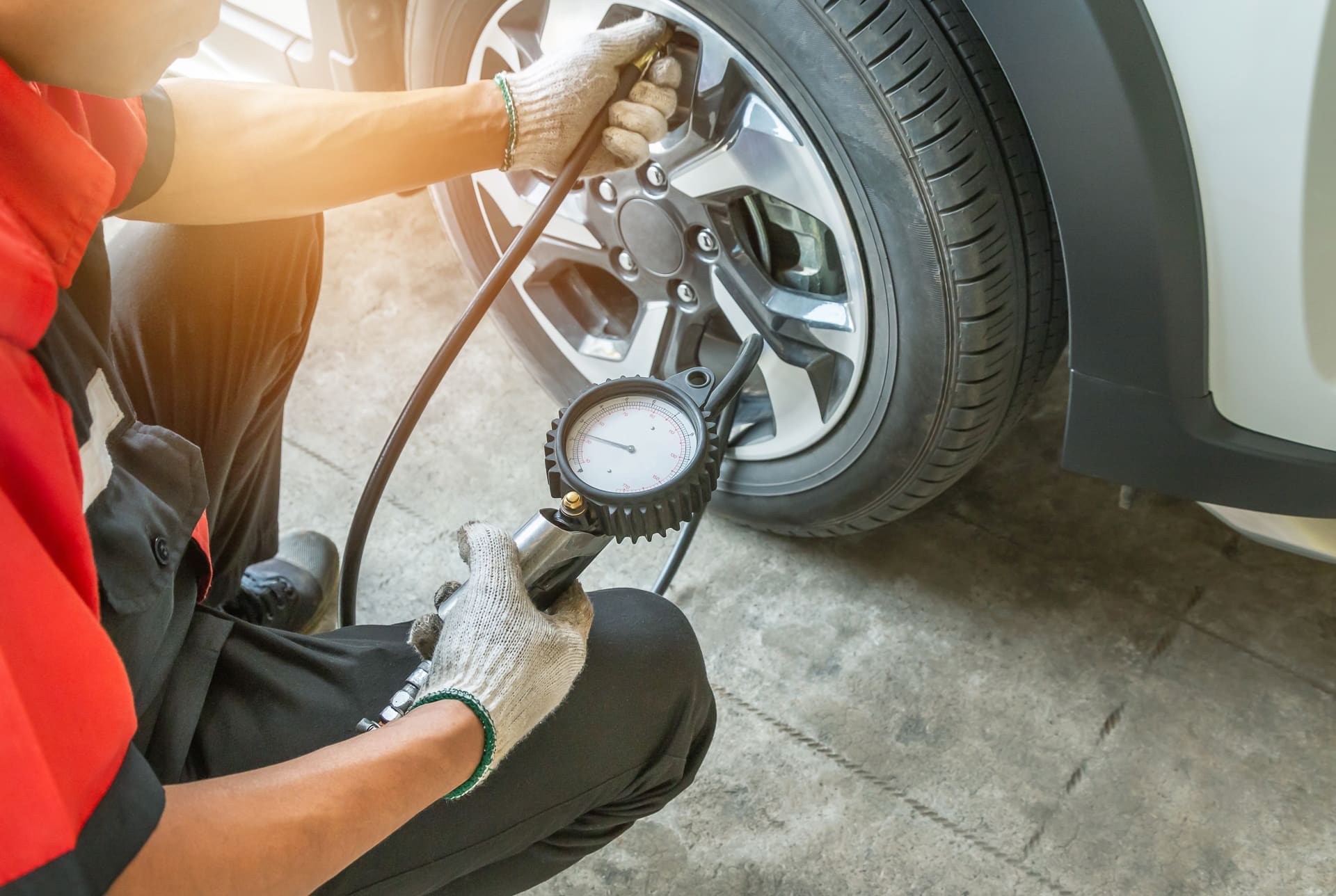What is CE Marking?
A definitive guide to CE marking in Europe. Discover what a CE marking is, what products require a CE mark, and why a CE mark is required on the EU market.
The aim of the Pressure Equipment Directive is to ensure free circulation of pressure equipment in the EU Market while ensuring a high level of safety towards the end user.
Pressure Equipment Directive applies to vessels, piping, safety accessories and pressure accessories with a pressure higher than 0,5 bar.

Until the publication of the Pressure Equipment Directive 2014/68/EU on May 15th, 2014 and the subsequent 2-year transition period, the Pressure Equipment Directive 97/23/EC was the reigning legal framework for pressure equipment products. On the 20th of July 2016, the Pressure Equipment Directive 2014/68/EU became fully applicable in the EU as the only legal framework for pressure equipment products.
Any product made available on the EU market (either via e-commerce or in physical stores) must comply with the essential requirements set out by Directive 2014/68/EU.
Non-EU manufacturers wishing to place their products on the EU market should appoint a professional Authorized Representative. (A manufacturer is defined as any natural or legal person who manufactures pressure equipment or an assembly or has such equipment or assembly designed or manufactured, and markets that pressure equipment or assembly under his name or trademark or uses it for his own purposes.)
Pressure equipment manufacturers may choose one the conformity assessment procedures laid down in Article 14 according to the applicable PED category.
In some cases, Notified Body intervention may be required.
The Pressure Equipment Directive (PED) 2014/68/EU of the European Parliament and of the Council on the market of pressure equipment replaces the former Pressure Equipment Directive 97/23/EC as from 19th July 2016.
The Pressure Equipment Directive (PED) applies to the design, manufacture and conformity assessment of pressure equipment and assemblies with a maximum allowable pressure (PS) greater than 0.5 bar.
The purpose of the PED is to ensure common standards of safety in all pressure equipment sold within the European Economic Area. Manufacturers are therefore able to meet the requirements for approval in any member state of the EU, and do not have to repeat the process when selling goods in any other state.
The Directive applies to the design, manufacture and conformity assessment of pressure equipment and assemblies with a maximum allowable pressure greater than 0.5 bar. Vessels, piping, safety accessories and pressure accessories are all included. Typical examples of pressure equipment covered include:
The Directive (art.13) classifies a few categories for pressure equipment, based on:
The Directive does not apply to:
Assessment and conformity procedure are different for each category, in which the equipment is classified (Art.14):
PED Category – Conformity Assessment Route (Annex III)
Category I
Category II
Category III
Category IV
Essential Safety Requirements
The Annex I of the Directive defines certain safety requirements about the design and performance of pressure equipment, such as:
Specific requirements are defined for materials used for the manufacturer of pressure equipment.
Harmonized Standard
Pressure equipment or assemblies, which are in conformity with harmonized standards or parts thereof, which have been published in the Official Journal of the European Union, shall be presumed to be in conformity with the essential safety requirements covered by those standards or parts thereof, referred to in Annex I.
The materials used for the manufacture of pressure equipment or assemblies which are in conformity with European approvals for materials, the references of which have been published in the Official Journal of the European Union, shall be presumed to be in conformity with the applicable essential safety requirements set out in Annex I.
There is a special category of pressure equipment and assemblies – below or equal to the limits set out in all the other categories – which must be designed and manufactured in accordance with the Sound Engineering Practice (SEP) of a Member State to ensure safe use.
The Essential Safety Requirements of the Directive do not apply to product falls in the SEP category but can be a good guidance in absence of other instructions. A derogation it is also made for the CE marking of SEP, since Article 4 paragraph 3 explicitly prohibits CE marking of SEP pressure equipment.
Technical Documentation
The manufacturer shall draw up the technical documentation referred to in Annex III of the Directive.
Non-compliant products enter the EU Market everyday – whether manufacturer knowingly does so or due to a lack of control from the EU importer/distributor on the compliance requirements of products.
Each Competent Authorities of Member State focus on conducting systematic surveillance of products which are being made available on the market. This can include pulling products off of shelves, stopping products at customs or even deploying bots online to identify non-EU based e-commerce shops which mention that they ship to the EU Market. In the case that a product is found to be non-complaint, the main consequences include, but are not limited to:
The professionalism and expertise of the appointed Authorized Representative in dealing with various Competent Authorities and handling post-market surveillance case play a vital role in the successful recovery of your brand in the EU Market.
It is the responsibility of the manufacturer to continue to collect information related to use of their products after they have been made available to consumers as well as to ensure that they continue to be compliant as the legislation applicable to their products evolves. Post-marketing surveillance activities include, but are not limited to:
Working with a professional Authorized Representative will help to ensure that the necessary actions are taken to ensure continued compliance and proper post-market surveillance.
Explore our Authorised Representative services for pressure equipment. Contact us for inquiries.